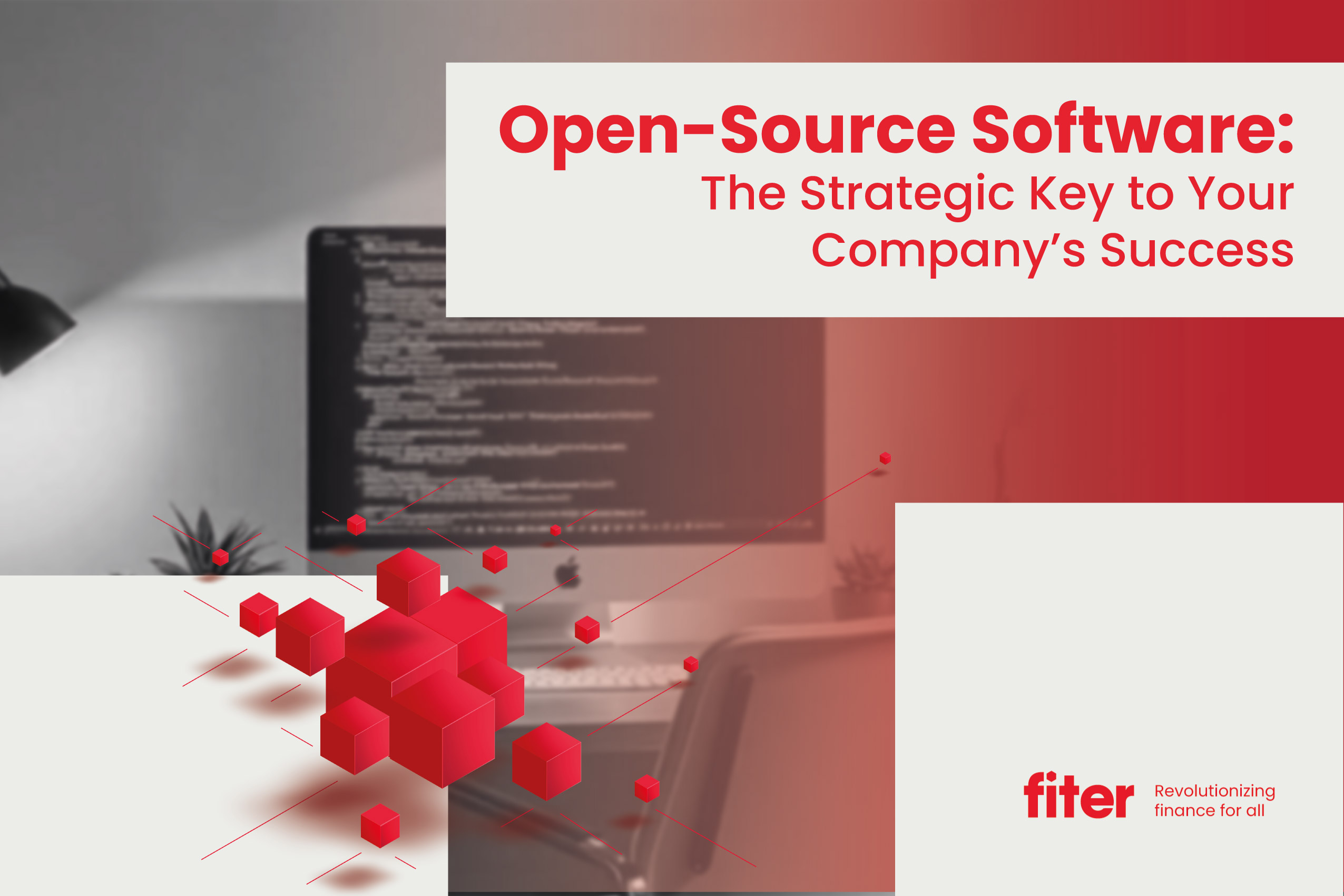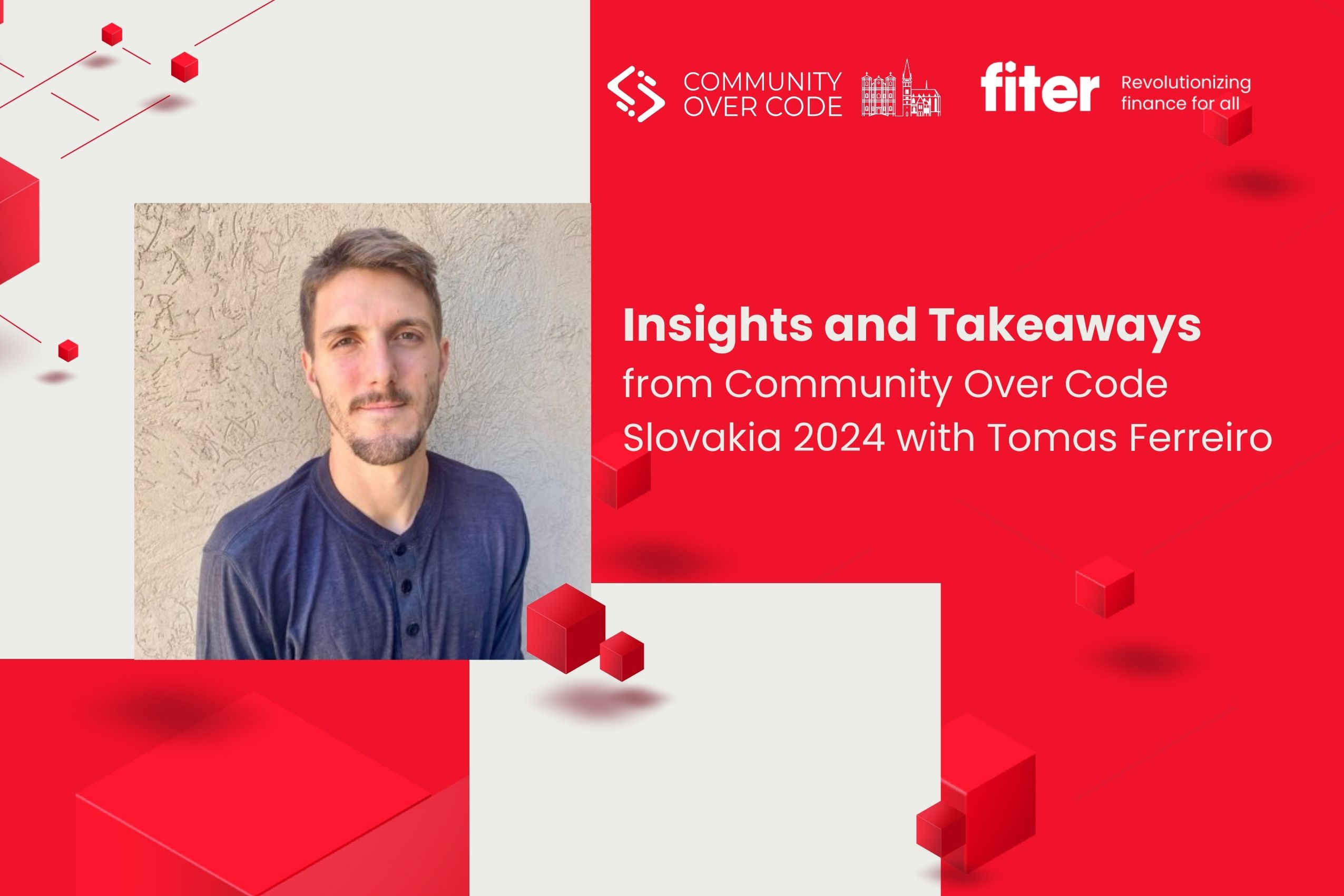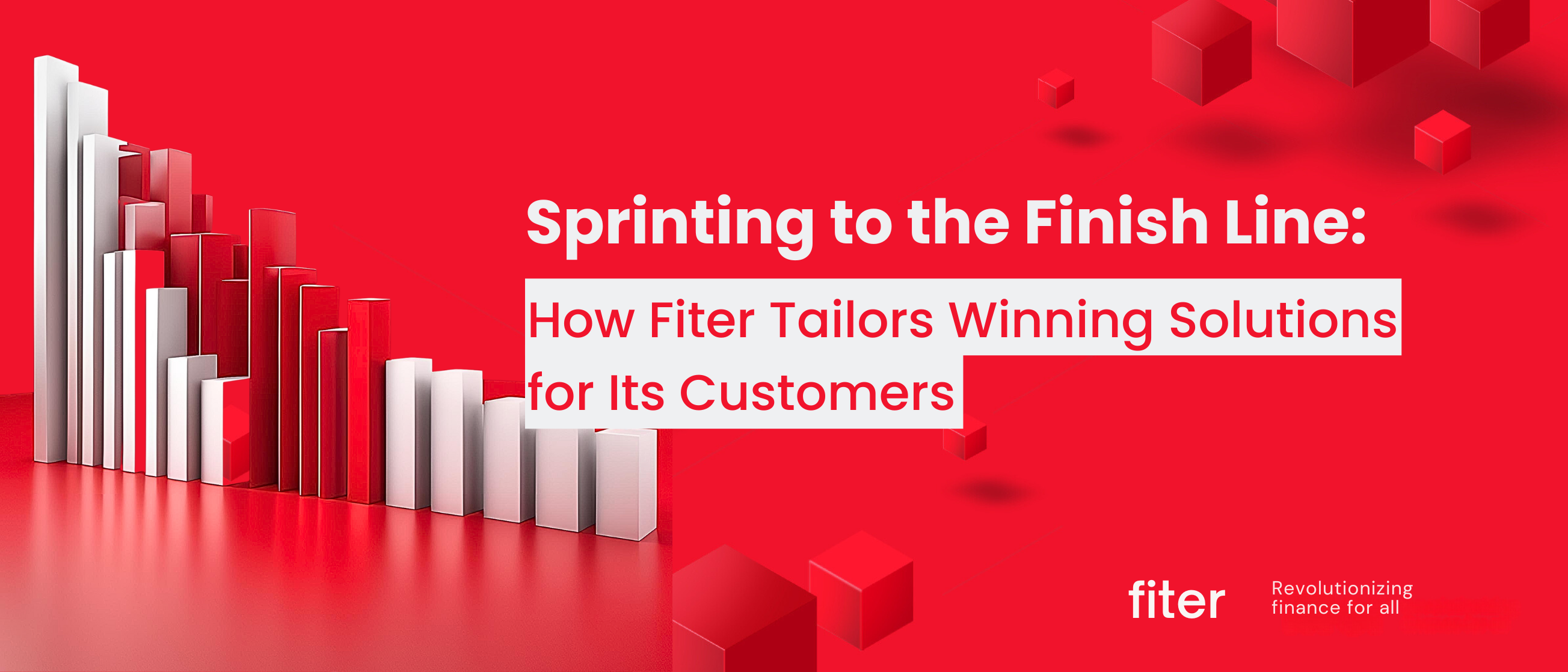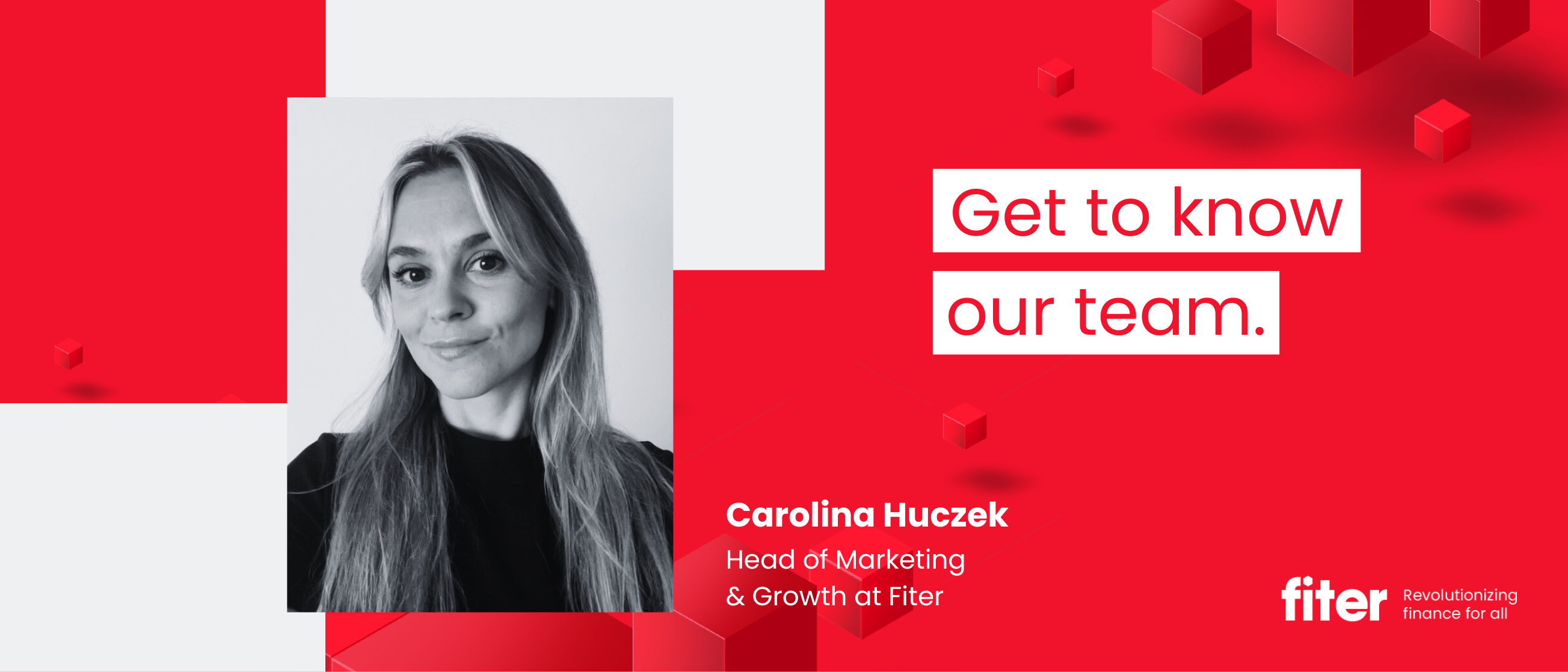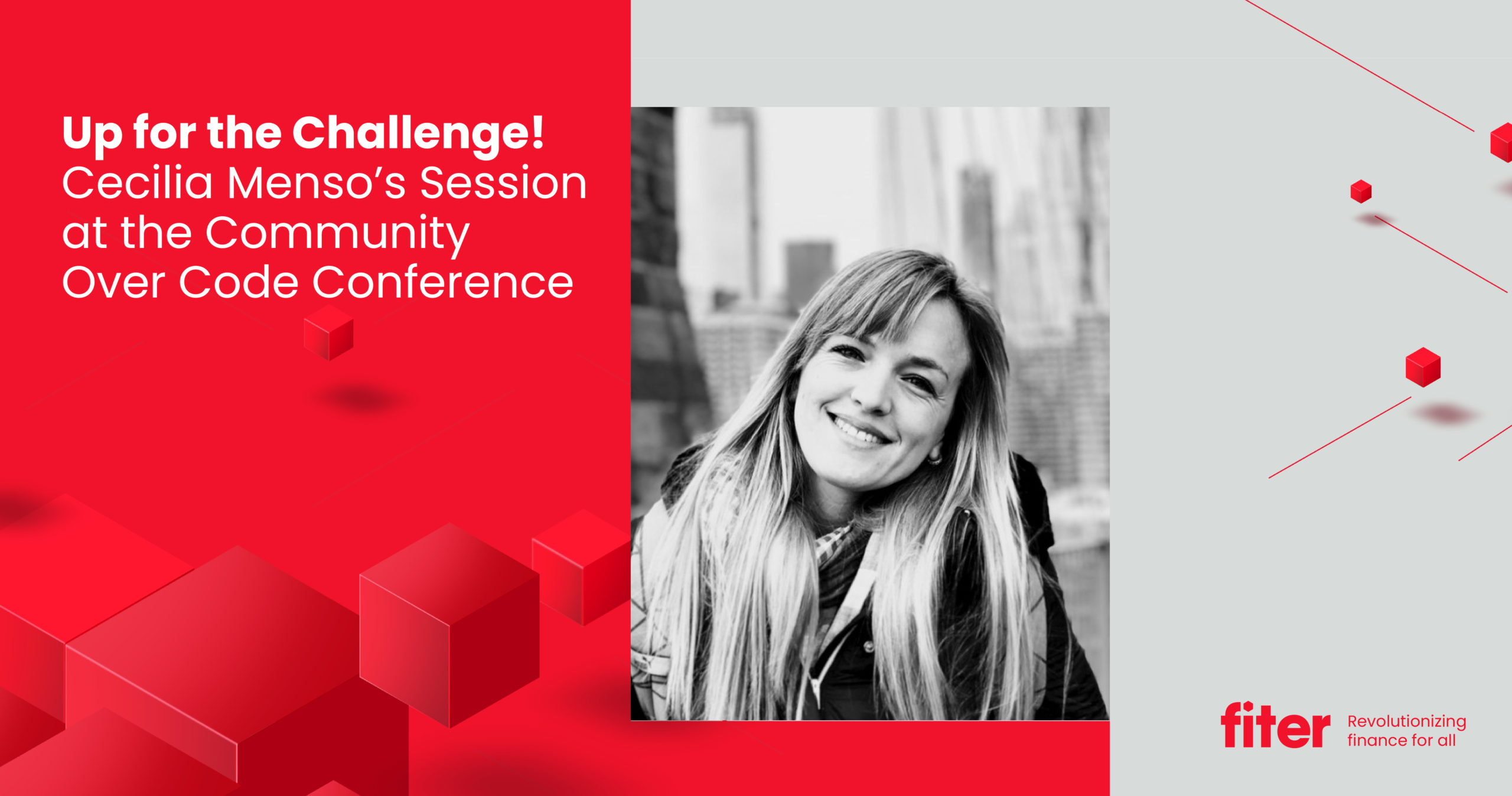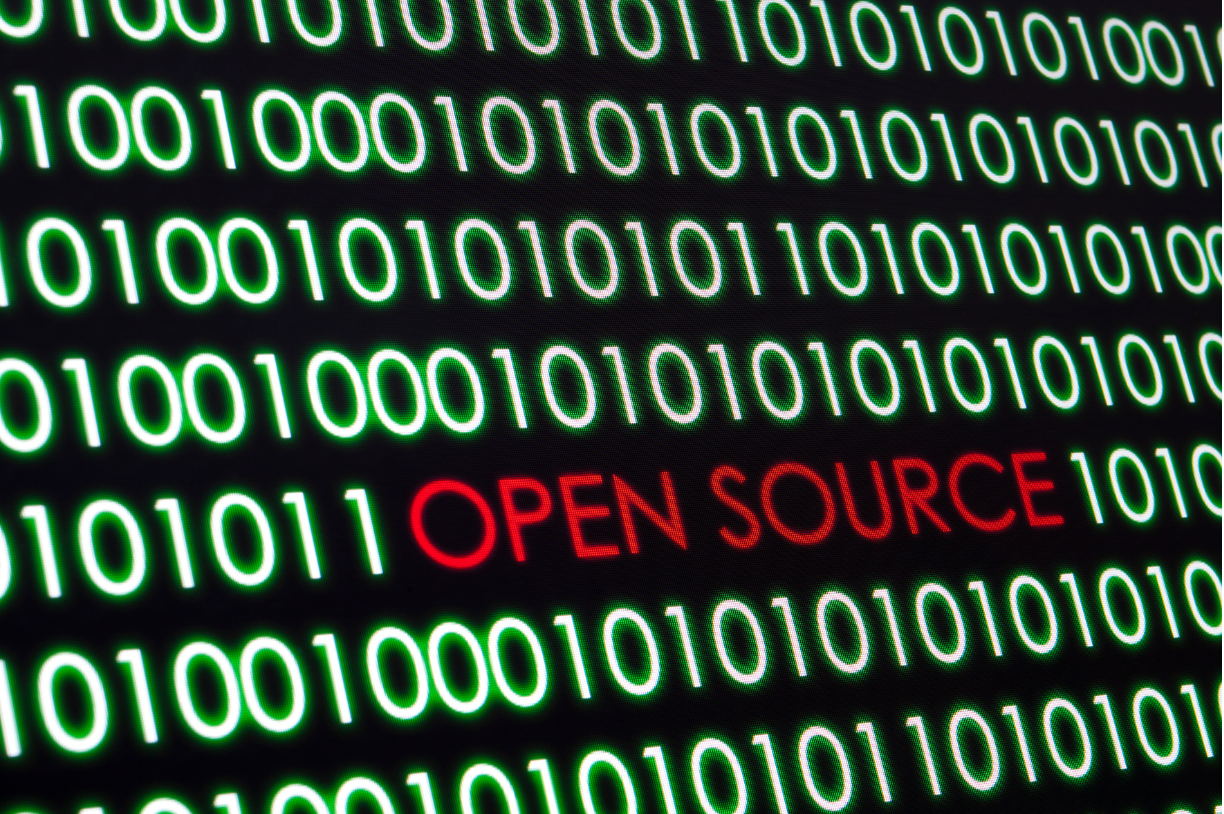In this ApacheCon Fineract and Fintech track, panelists Ed Cable, Javier Borkenztain, James Dailey and Michael Vorburger discuss the release of 1.4, Fineract community’s role, its contributors, strengths, challenges, and opportunities. Read on to learn what the leading minds behind the financial industry’s revolution are thinking.
The 1.4 release and technical debt
The 1.4 release is a major step forward in technical debt reduction. Great strides were made, thanks to stellar contributors like the Google Summer of Code contributors, and people who’ve joined the project in addition to their day jobs, spending weekends making improvements and reducing technical debt. Thanks to these efforts, the project has jumped from Java 8 to Java 11. All third-party dependencies have been upgraded, and security issues were fixed.
With the now automated code quality checks, taking proactive measures to improve the code quality and maintaining the cleanliness of the code going forward will become much easier to resolve.
Closer to end users
The number of successful open-source applications in the Core Banking enterprise software space is quite low. Fineract is more function oriented and closer to its end users than many of the technical projects typically found in the market, making it unique in that space.
Standardization to support rapid growth
The introduction of mobile phones has revolutionized the financial industry. Now anyone with a mobile phone can become a financial branch, use e-wallets and gain access to the financial industry. In the next 10 years, billions of people will be joining the financial industry, generating economics of scale and financial inclusion.
The financial industry is categorized by the absence of standards. With different currencies, varying transfer systems between banks, and multiple core banking systems across financial institutions, there are no standards across the industry.
The strength of open-source software is its standardization. Fineract setting the standard for financial inclusion through the rapid changes the financial industry is undergoing, is a huge plus for the companies using Fineract to support their mobile wallets and other banking services.

Forking over more
There’s more to contribution within the community than just maintaining forks. People are not always clear on how to engage within the open-source community. Welcoming, educating, assisting, and communicating with the people who want to contribute is the key to ensure continued growth and innovation within the community, getting more people to come and work upstream.
Improving communication and visibility within the community, introducing powerful use cases supported by Fineract, onboarding and recognizing contributors, all lead to creating a more cohesive roadmap to showcase what’s coming, and what people can expect, which in turn boosts contribution.
From reporting to fixing
There are two types of Fineract users. The first type of users uses the released software as is. The second type clones the source code, builds it themselves, and makes the changes required to customize the software to their needs. The Fineract mission is to convert the first group into the second group.
One of the value propositions of an open-source project is that the users are part of the solution. Rather than reporting the problem and waiting for someone else to fix it, they are active and involved in fixing issues and making the software better for the benefit of all users.
Testing
Fineract.dev includes a server that runs the code permanently. This makes the system easily accessible and allows users to try it out, identify gaps and problems, and conduct quality control in an always-up centralized environment. The infrastructure now there to run and measure test coverage was an important step for the Fineract community to ensure it is working with the latest and greatest code that is always up and running.
Quality
Quality is also part of the community project, and it is up to the community to uphold it. There are no QA minions at the Apache Foundation to test Fineract. The code is as stable as the investment the community makes in its quality. If any member of the community identifies a problem and has the skillset to fix it, they are encouraged to contribute. If someone knows about a problem, but cannot fix it, they should report it using Jira to encourage others to get it fixed. The project relies on people raising issues on the list, and on people contributing fixes on the upstream project.
Just a few days ago, someone posted a functional feature that wasn’t working – not being able to attach notes to savings accounts. Within a couple of days, one of the star contributors took it on and fixed it. That speed of service is phenomenal. Contributions also encourage further contributions because other people in the community are inspired to get involved.
As James Dailey put it,” You know, it’s a lonely thing if you’re trying to build something by yourself. It’s a fun thing when you’ve actually got this community of people trying to bring things in.”
Reach out to us at https://fiter.io/contact-us to get started on your journey with Fineract.


